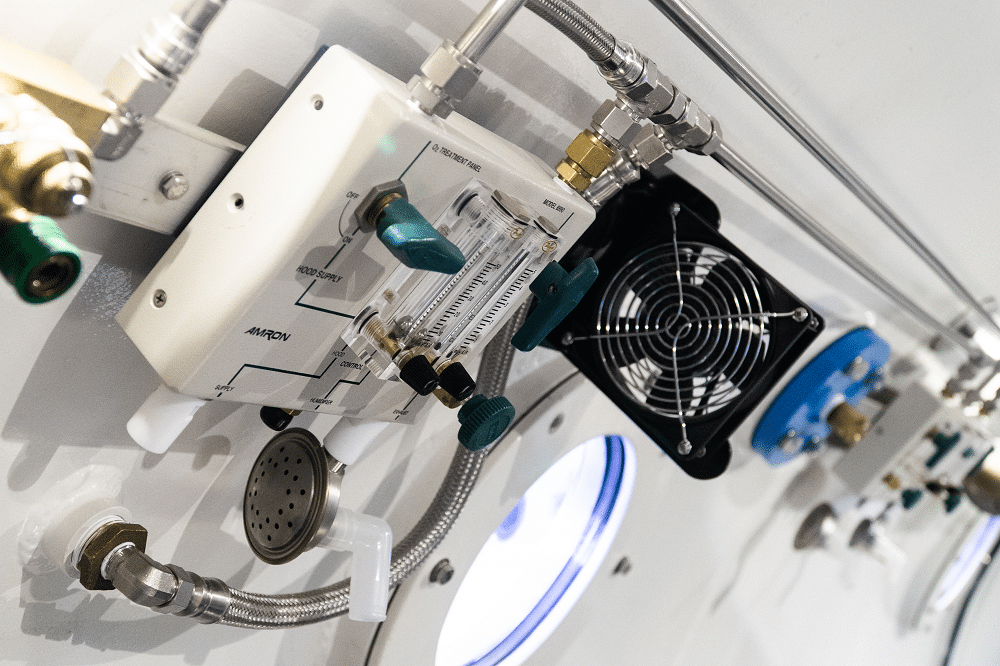Compelling evidence suggests the advantage of hyperbaric oxygen therapy (HBOT) in traumatic brain injury. The present meta-analysis evaluated the outcomes of HBOT in patients with traumatic brain injury (TBI). Prospective studies comparing hyperbaric oxygen therapy vs. control in patients with mild (GCS 13-15) to severe (GCS 3-8) TBI were hand-searched from medical databases using the terms “hyperbaric oxygen therapy, traumatic brain injury, and post-concussion syndrome”. Glasgow coma scale (GCS) was the primary outcome, while Glasgow outcome score (GOS), overall mortality, and changes in post-traumatic stress disorder (PTSD) score, constituted the secondary outcomes. The results of eight studies (average age of patients, 23-41 years) reveal a higher post-treatment GCS score in the HBOT group (pooled difference in means = 3.13, 95 % CI 2.34-3.92, P < 0.001), in addition to greater improvement in GOS and lower mortality, as compared to the control group. However, no significant change in the PTSD score was observed. Patients undergoing hyperbaric therapy achieved significant improvement in the GCS and GOS with a lower overall mortality, suggesting its utility as a standard intensive care regimen in traumatic brain injury.
Key Concussion Research
Key Research for Hyperbaric Oxygen Therapy (HBOT) for Concussion.
Hyperbaric oxygen therapy can improve post concussion syndrome years after mild traumatic brain injury – randomized prospective trial.
Traumatic brain injury (TBI) is the leading cause of death and disability in the US. Approximately 70-90% of the TBI cases are classified as mild, and up to 25% of them will not recover and suffer chronic neurocognitive impairments. The main pathology in these cases involves diffuse brain injuries, which are hard to detect by anatomical imaging yet noticeable in metabolic imaging. The current study tested the effectiveness of Hyperbaric Oxygen Therapy (HBOT) in improving brain function and quality of life in mTBI patients suffering chronic neurocognitive impairments. The trial population included 56 mTBI patients 1-5 years after injury with prolonged post-concussion syndrome (PCS). The HBOT effect was evaluated by means of prospective, randomized, crossover controlled trial: the patients were randomly assigned to treated or crossover groups.
Hyperbaric oxygen therapy (1.5 ATA) in treating sports related TBI/CTE: two case reports.
Despite adequate evidence, including randomized controlled trials; hyperbaric oxygen is not yet recognized as efficacious for treating various forms of brain injury, specifically traumatic brain injury. Political-economic issues have kept this benign therapy from being widely adopted despite the lack of viable alternatives. Two football players with TBI/CTE are herewith shown to benefit from being treated with hyperbaric oxygen as documented by neurocognitive examinations and functional brain imaging, in one case treatment commenced decades after the brain injury. Perhaps the interest in HBOT by those participating in high-risk sports will help expand this orphan therapy into mainstream medicine.

